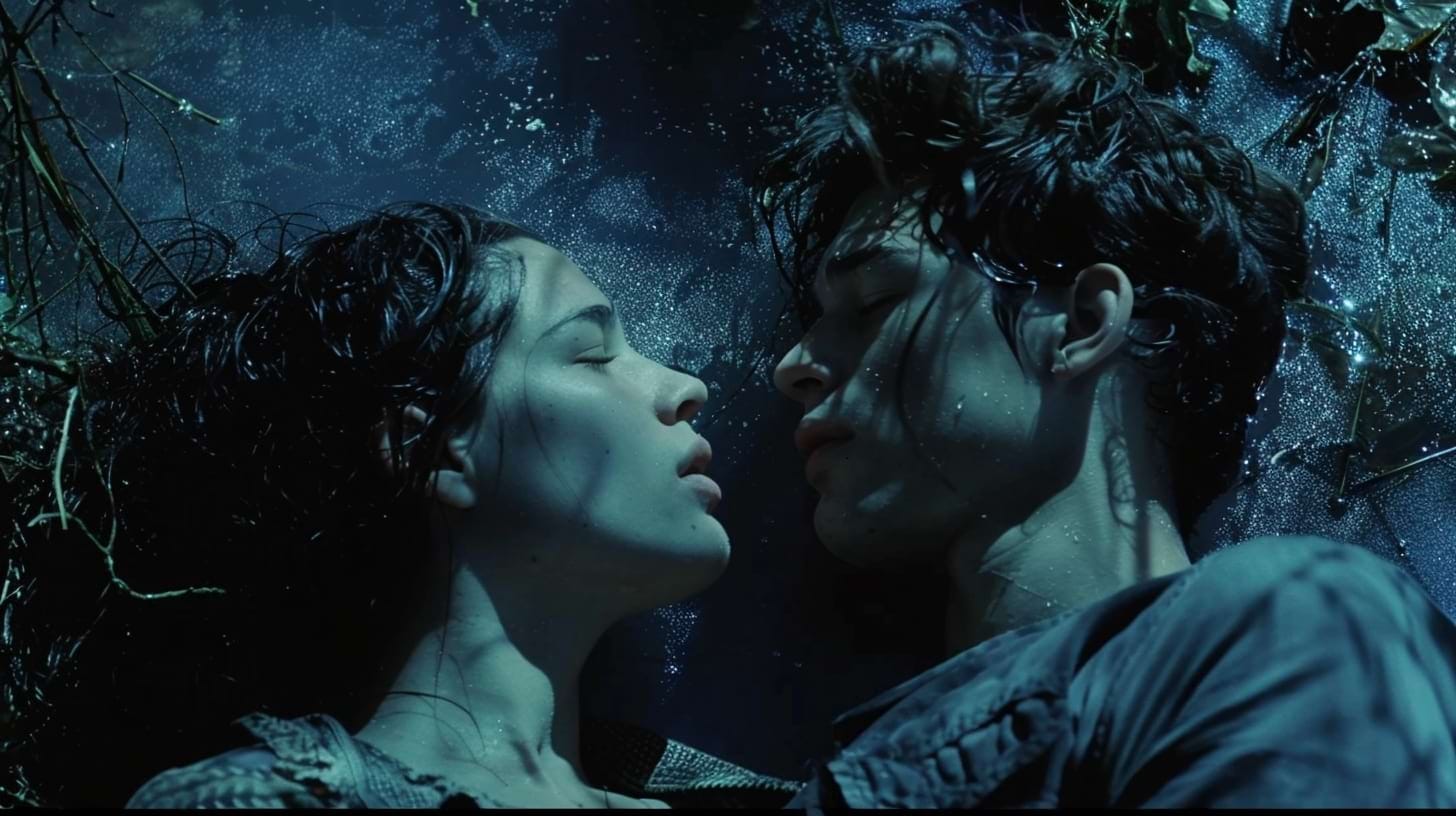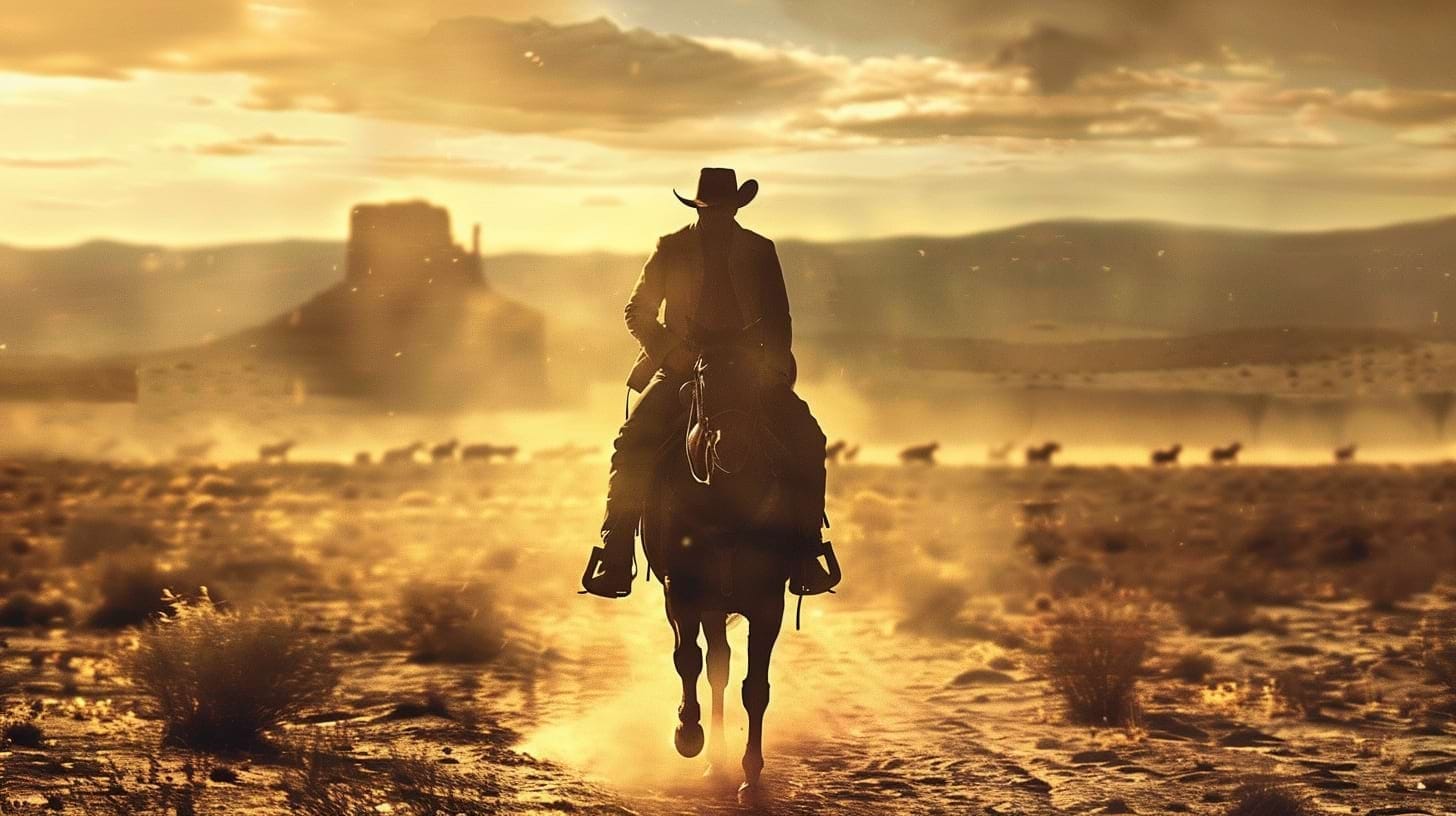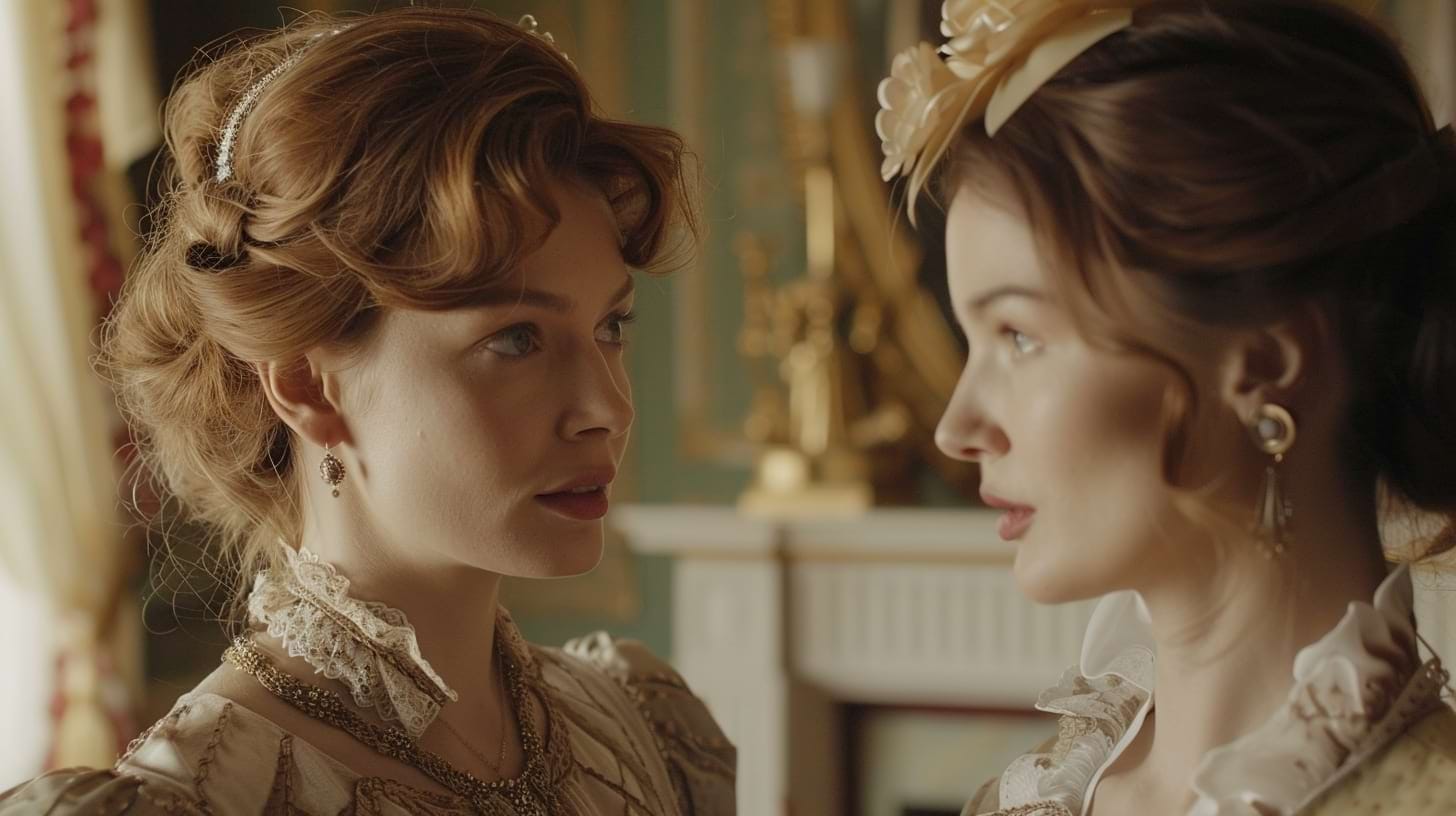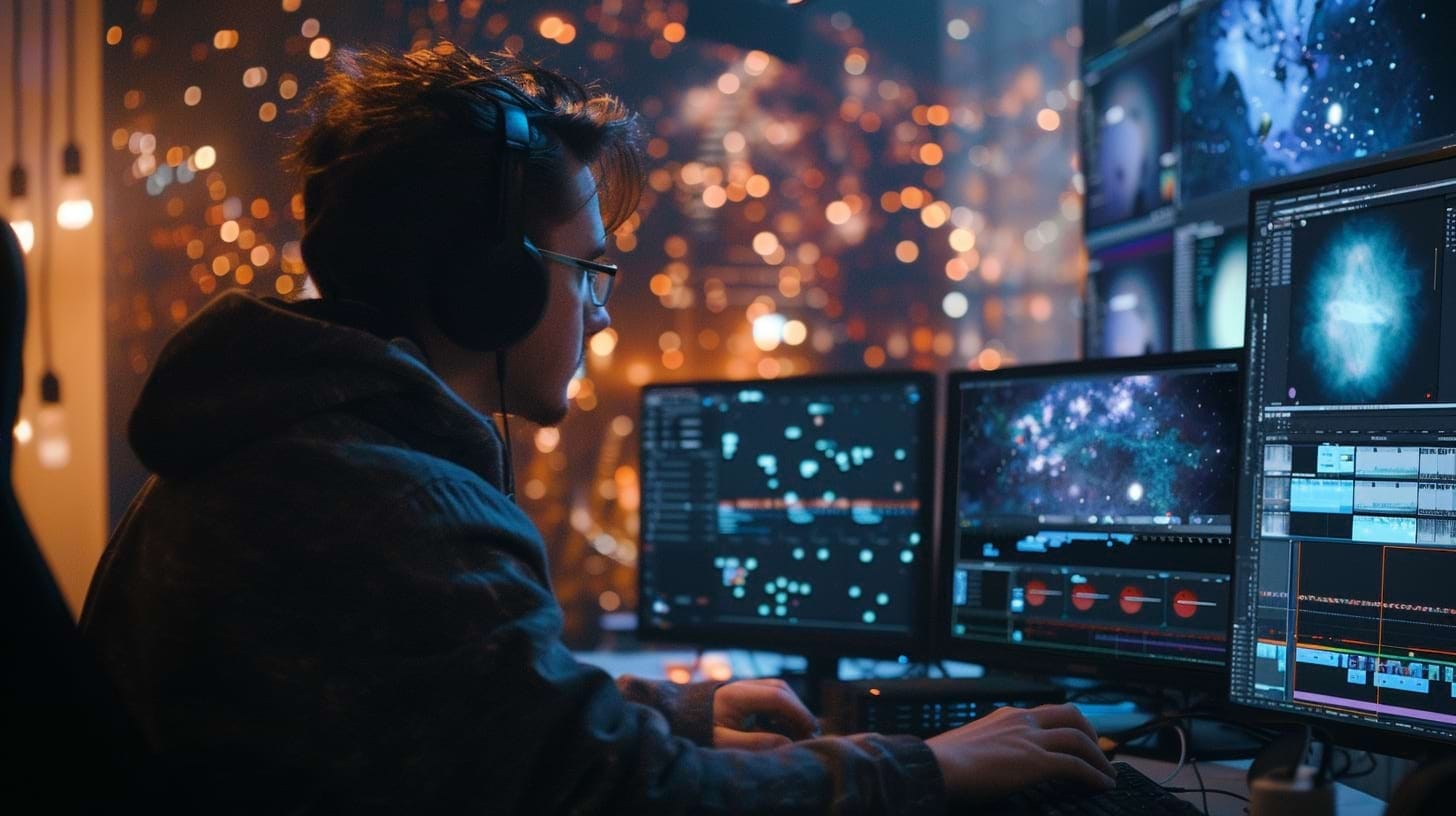Crafting Authentic Dialogue for Powerful Storytelling
Dialogue is the invisible thread that weaves characters from words on a page into living beings. But where does good dialogue become truly transcendent, etching itself into the hearts and minds of viewers? So, let's discover the magic that transforms words into a powerful storytelling tool.


Dialogue in storytelling is the essence of human interaction that allows audiences a peek into the characters' souls, fostering empathy for their struggles, triumphs, and joys. Unearthing this dialog authenticity in film requires a filmmaker to delve deep into the character's psyches.
✍️ Through authentic dialogue, filmmakers unveil the characters' desires, inner conflicts, and the essence of who they are. Moreover, dialogue shapes the narrative arc, reflecting the complexities of the human experience.
✨ In the screenwriting master's hands, crafting realistic dialogue transcends mere exposition. A veil of composure conceals a roiling sea of unspoken emotions and subtle nuances hint at hidden agendas. This is where dialogue becomes a storytelling tool unlike any other. It beckons the audience to step through, fully immerse themselves in the world on screen, and become one with the characters' stories.

The Building Blocks of Belief: Elements of Emotional Dialogue
Elevating good dialogue to truly luminous is striking a harmonious balance between three key elements:
Emotional Depth 💖
Great dialogue delves into the hidden currents that drive a character's actions, their unspoken desires, and simmering tensions. A single line, delivered with the right nuance, can evoke a universe of emotions.
A bright memorable example Terminator's phrase "I'll be back" (The Terminator (1984)).
Conversational Realism 👥
Forget stilted monologues and overly formal language. Dialogue should mimic the ebb and flow of everyday speech, with its natural pauses, hesitations, and regional inflections. Capturing this natural rhythm is key to creating believable dialogue.
✨ Enjoy these episodes from "Meyerowitz Stories" (2017) by director Noah Baumbach, master of realistic dialogues (18+, like in real life).
Character Voices 📣
Every character craves a unique sonic signature. Consider the rhythm of their age, the social status that colors every inflection, and the regional dialect that whispers of their roots. The way characters speak reveals details about their lives and adds depth and dimension to the narrative.
✨ Listen carefully to the famous "The Godfather" dialogue between Vito and Michael. Vito has a specific voice, manner of speaking, and accent, all these help create a character that the viewer believes in.
✨ By weaving these elements together, you can spark a fire in your viewers' hearts and craft dialogue that ignites emotions and leaves a lasting impression. It's about striking a balance between information, emotion, and unique character voices, while it feels like eavesdropping on real people.
Beyond the Words: Effective Dialogue Techniques in Film
Dialogue writing is the cornerstone of the scriptwriting craft, where every word meticulously chosen paints the vivid tapestry of a character's world. It's about mastering a few techniques:
Develop a Sixth Sense of the Nuances of Real-life Conversation 🔍
Become a master eavesdropper, attuned to the natural pauses, interruptions, and slang that color everyday interactions. This "fly on the wall" approach lets you capture the subtle rhythm and flow of speech, transforming conversations into windows of the soul.
Less is More, But Silence Speaks Volumes 🔇
Resist the urge to over-explain or info-dump. A lingering glance or a long pause can convey a universe of emotions, leaving space for interpretation and deeper engagement.
✨ Think of Westerns with their long pauses preceding the shootout.

Show, Don't Tell 🎭
Ditch the "I'm angry" pronouncements. Use dialogue to showcase emotions subtly. Let characters reveal their feelings through word choice, tone, and body language.
Active Listening 👥
Effective dialogue thrives on genuine character interaction. Characters should actively listen, respond, and react meaningfully to what's being said.
Sharpen Your Subtext 📝
The subtext is the hidden melody beneath the surface of dialogue, adding layers of complexity and emotional connection. A seemingly simple line like "It is what it is" can hold a wealth of subtext depending on the context and delivery.
✨ Through the use of these techniques, it becomes possible to create dialogue that conveys information, promotes genuine character interaction, and reveals unspoken truths.

Challenges in Crafting Emotionally True Dialogue
The path to script realism is fraught with hidden reefs and treacherous currents.
Let's take a look at some of the common challenges that threaten to ruin screenwriter's dialogue dreams:
Balancing Exposition and Natural Flow ⚖️
Script dynamics demand that exposition feels organic, and integrated seamlessly into the dialogue flow. Avoid lengthy monologues or dialogue that sound purely informational. Imagine a detective questioning a suspect; the detective needs to gather information, but they can't simply blurt out a list of questions.
✨Instead, weave conversations that breathe while subtly extracting storytelling catalysts.
Clichés and Overused Phrases 🎭
Dialogue that feels like reheated leftovers leaves audiences feeling like uninvited guests. Clichés and overused phrases are the garnish that smothers the flavor of your story.
✨ Engage your audience with dialogue that's as unique and captivating as the world you've created.

Matching Dialogue to Genre and Setting 🎭🏞️
Script dynamics isn't about painting dialogue with a single brush. It's about tailoring the language to become the blood of your film's ecosystem. Script realism in a historical drama demands unearthing the forgotten vocabulary and speech patterns of the era while a sci-fi film might pulsate with the techno-rhythms of a future yet unseen.
✨ These are just a few of the obstacles you might encounter on your charting a course through authenticity's maze.
The Role of Dialogue in Character Development
Dialogue is a powerful tool that unveils the inner landscapes of screenplay characters.
✨ Here's how dialogue becomes the key to unlocking a character's soul:
Character Expression Through Dialogue 🎭🌟
Dialogue allows characters to express a spectrum of emotions, subtly or dramatically, depending on their personality and the situation.
✨ Watch this emotional scene from "Coming Home" (1978). So much unsaid between the lines!
Weaving Dialogue into the Story 💬🎬
Dialogue is the wind that breathes life into the narrative. As characters interact, their words propel the story.
✨ The "Two For The Money" deal-making scene isn't just about the offer; it's a psychological duel that exposes the characters' vulnerabilities and drives the story forward with a high-stakes twist.
Building Relationships Through Dialogue 👩👧👦
The way characters interact through dialogue speaks volumes about the nature of their relationships. Dialogue fosters a sense of connection or conflict.
✨ Episodes and dialogues from "Lady Bird" (2017) showing us the relationships between mother and daughter are excellent examples.
The Power of Subtext 🔍🔮
Often, the most impactful aspects of a character are revealed through subtext – the unspoken meaning. A seemingly casual remark, delivered with a specific tone and body language, can hold a wealth of subtext.
✨ Check out the scene "Offer he can't refuse" from "The Godfather" and think of its subtext.
By crafting dialogue that expresses emotions, propels the narrative, and builds relationships, you empower your characters to become three-dimensional beings. Dialogue becomes the soundtrack of their souls, and leaves a lasting impression long after.
Case Studies in Film Dialogue Crafting
Let's delve into the works of some cinematic masters who have elevated the art form of dialogue.
Quentin Tarantino: Maestro of blood and unforgettable dialogue
His movies erupt in dances of stylized violence, punctuated by darkly comedic dialogue. Tarantino's personages weave a captivating soundscape with threads of humor, pop culture woven into tapestries of violence, and psychological insights delivered with a wink and a bullet.
✨ Enjoy "Kill Bill"'s final dialogue (18+):
The Coen Brothers: Masters of Sarcasm
The Coen brothers are perfect in crafting dialogue that is both realistic and sarcastic. Their characters speak in a distinct vocabulary, peppered with dark humor and dry wit.
The legendary episode "Where is the money, Lebowski?" shows the Coen brothers' mastery of writing funny and lively dialogue. Their dialogues reveal the essence of the characters, at the same time forming the key moment of the film.
✨ If the dialogue is scattered into quotes, it is brilliant (18+).
✨ By studying these genius' works, we glean valuable insights into the art of crafting dialogue that sounds natural and reveals character depths.
Forge Your Script's Soul with Filmustage
By mastering crucial elements of authentic dialogue, wielding effective narrative techniques, and counting scriptwriting nuances, you can elevate your screenwriting to a potent elixir of story and emotion.

Filmustage is a suite of AI tools designed to hammer script's dialogue into a gleaming shape. Unearth hidden potential, analyze the flow of words with our Script Analysis, and polish them to a razor-sharp edge.
Then you can share your work with fellow scriptwriters and filmmakers, and each keyboard strokes a collaborative effort. Together, you'll refine your dialogue, each line resonating with the collective understanding of the power of words on screen.